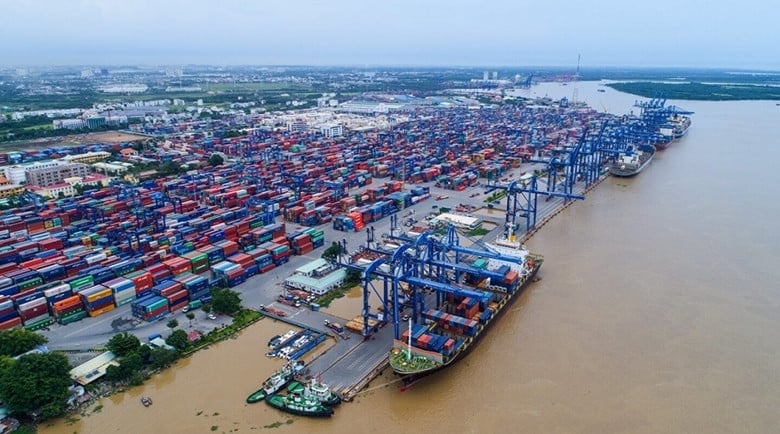
Decision No. 422/QD-TTg amending and supplementing a number of contents in Decision No. 1579/QD-TTg dated September 22, 2021 of the Prime Minister approving the Master Plan for the development of Vietnam's seaport system for the 2021-2030 period, with a vision to 2050.
Improving the capacity of seaport systems
In particular, Decision No. 422/QD-TTg amends and supplements the goals on capacity and infrastructure of Vietnam's seaport system by 2030 as follows:
- In terms of capacity: Meeting the needs of import and export of goods, trade between regions and areas in the country and transit goods for countries in the region as well as the needs of domestic and international passenger transport. The seaport system meets the needs of 1,249 to 1,494 million tons of goods (of which container goods are from 46.3 to 54.3 million TEUs, excluding international transit goods); passengers are from 17.4 to 18.8 million passengers. (Decision No. 1579/QD-TTg dated September 22, 2021 sets the target of the seaport system meeting the needs of 1,140 to 1,423 million tons of goods; 10.1 to 10.3 million passengers).
- Regarding infrastructure: Prioritize the development of international gateway ports Lach Huyen (Hai Phong), Cai Mep - Thi Vai (Ba Ria - Vung Tau), and the construction of Can Gio international transit port (Can Gio international transit port - Ho Chi Minh City). Study appropriate policy mechanisms to gradually develop an international transit port in Van Phong (Khanh Hoa) to exploit the potential of natural conditions and geographical location. Plan the development orientation of Tran De port (Soc Trang) to serve the Mekong Delta so that investment can be implemented when conditions are sufficient; large-scale seaports serving the socio-economic development of the whole country or inter-regions; international passenger ports associated with dynamic tourism development regions; large-scale ports serving economic zones and industrial parks; ports in island districts serving socio-economic development associated with national defense - security and sovereignty over seas and islands.
By 2050, the capacity of the seaport system will meet the demand for goods with an average growth rate of about 4.2 to 4.8%/year; passengers will grow on average from about 1.2 to 1.3%/year.
Amendment of planning for seaport groups, seaports and port areas
Decision No. 422/QD-TTg also amends and supplements the planning of seaport groups, seaports and port areas as follows.
Seaport group No. 1 includes 05 seaports: Hai Phong seaport, Quang Ninh seaport, Thai Binh seaport, Nam Dinh seaport and Ninh Binh seaport.
Port Group No. 1
By 2030, cargo throughput will be from 322 to 384 million tons (container cargo from 13 to 16 million TEU); passengers from 281 to 302 thousand passengers.
Vision to 2050: meet the demand for goods with an average growth rate of about 5.0 to 5.3%/year; passengers grow on average from about 1.5 to 1.6%/year. Complete investment in Lach Huyen and Cai Lan port areas and relocate ports on Cam River in accordance with the development plan of Hai Phong city; invest in developing ports in the Nam Do Son - Van Uc, Cam Pha, and Hai Ha port areas.
Seaport group No. 2 includes 6 seaports: Thanh Hoa seaport, Nghe An seaport, Ha Tinh seaport, Quang Binh seaport, Quang Tri seaport and Thua Thien Hue seaport.
Port Group No. 2
By 2030, cargo throughput will be from 182 to 251 million tons (container cargo from 0.4 to 0.6 million TEU); passengers from 374 to 401 thousand passengers.
Vision to 2050: meet the demand for goods with an average growth rate of about 3.6 to 4.5%/year; passengers with an average growth rate of about 0.4 to 0.5%/year. Complete investment and development of Nghi Son - Dong Hoi, Vung Ang and Son Duong - Hon La port clusters.
Seaport group No. 3 includes 8 seaports: Da Nang seaport (including Hoang Sa island district), Quang Nam seaport, Quang Ngai seaport, Binh Dinh seaport, Phu Yen seaport, Khanh Hoa seaport (including Truong Sa island district), Ninh Thuan seaport and Binh Thuan seaport.
Port Group No. 3
By 2030, cargo throughput will be from 160 to 187 million tons (container cargo reaching from 2.5 to 3.1 million TEU, excluding international transit cargo); passengers from 3.4 to 3.9 million passengers.
Vision to 2050: meet the demand for goods with an average growth rate of about 4.5 to 5.5%/year; passengers with an average growth rate of about 1.7 to 1.8%/year. Complete investment in the entire Lien Chieu port area (Da Nang) and form a port serving international transit goods in Van Phong (Khanh Hoa).
Seaport group number 4 includes 5 seaports: Ho Chi Minh City seaport, Dong Nai seaport, Ba Ria - Vung Tau seaport, Binh Duong seaport and Long An seaport.
Port Group No. 4
By 2030, cargo throughput will be from 500 to 564 million tons (container cargo from 29 to 33 million TEU, excluding international transit cargo); passengers from 2.8 to 3.1 million passengers.
Vision to 2050: meet the demand for goods with an average growth rate of about 3.5 to 3.8%/year; average passenger growth of about 0.9 to 1.0%/year. Complete investment in Cai Mep Ha port, continue to invest in Can Gio international transit port area, Ho Chi Minh City to form a large-scale international transit port cluster of Asian and international stature at Cai Mep estuary (including Cai Mep and Can Gio port areas), complete the relocation of ports on the Saigon River and continue to study the relocation of other ports suitable for the development of Ho Chi Minh City urban space.
Seaport group No. 5 includes 12 seaports: Can Tho seaport, Dong Thap seaport, Tien Giang seaport, Vinh Long seaport, Ben Tre seaport, An Giang seaport, Hau Giang seaport, Soc Trang seaport, Tra Vinh seaport, Ca Mau seaport, Bac Lieu seaport and Kien Giang seaport.
Port Group No. 5
By 2030, cargo throughput will be from 86 to 108 million tons (container cargo from 1.3 to 1.8 million TEU); passengers from 10.5 to 11.2 million passengers.
Vision to 2050: meet the demand for goods with an average growth rate of about 5.5 to 6.1%; passengers with an average growth rate of about 1.1 to 1.25%. Form a gateway port for the Mekong Delta region.
Source: https://baotainguyenmoitruong.vn/cang-bien-thanh-pho-ho-chi-minh-quy-hoach-tiem-nang-thanh-cang-bien-dac-biet-374563.html










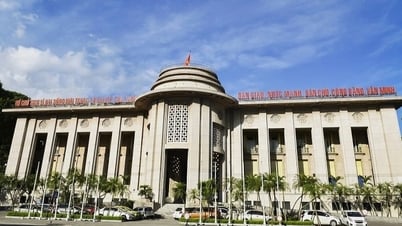


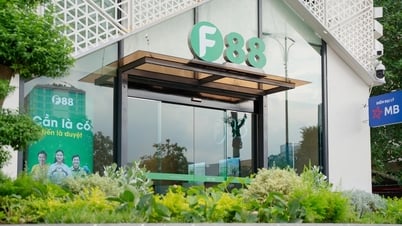











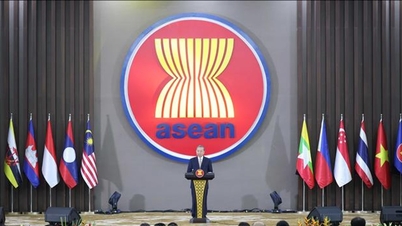

![[Photo] The 9th Congress of the Party Committee of the Office of the President, term 2025-2030](https://vphoto.vietnam.vn/thumb/1200x675/vietnam/resource/IMAGE/2025/6/20/78e7f27e8c4b4edc8859f09572409ad3)


























![[Maritime News] Wan Hai Lines invests $150 million to buy 48,000 containers](https://vphoto.vietnam.vn/thumb/402x226/vietnam/resource/IMAGE/2025/6/20/c945a62aff624b4bb5c25e67e9bcc1cb)






































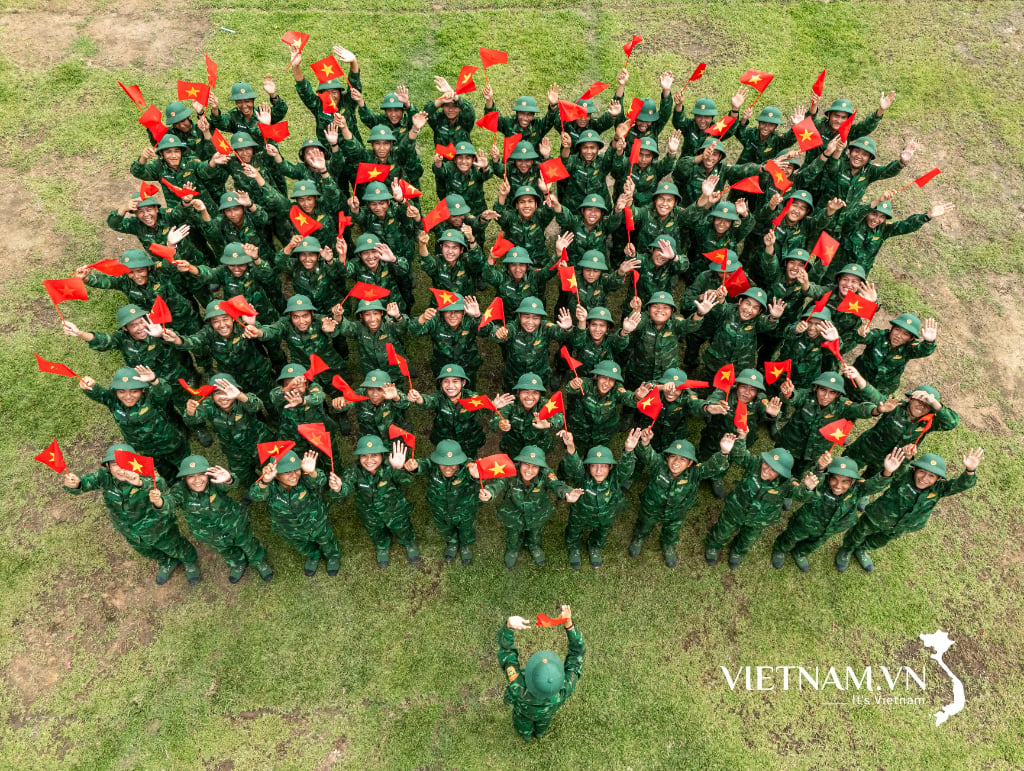


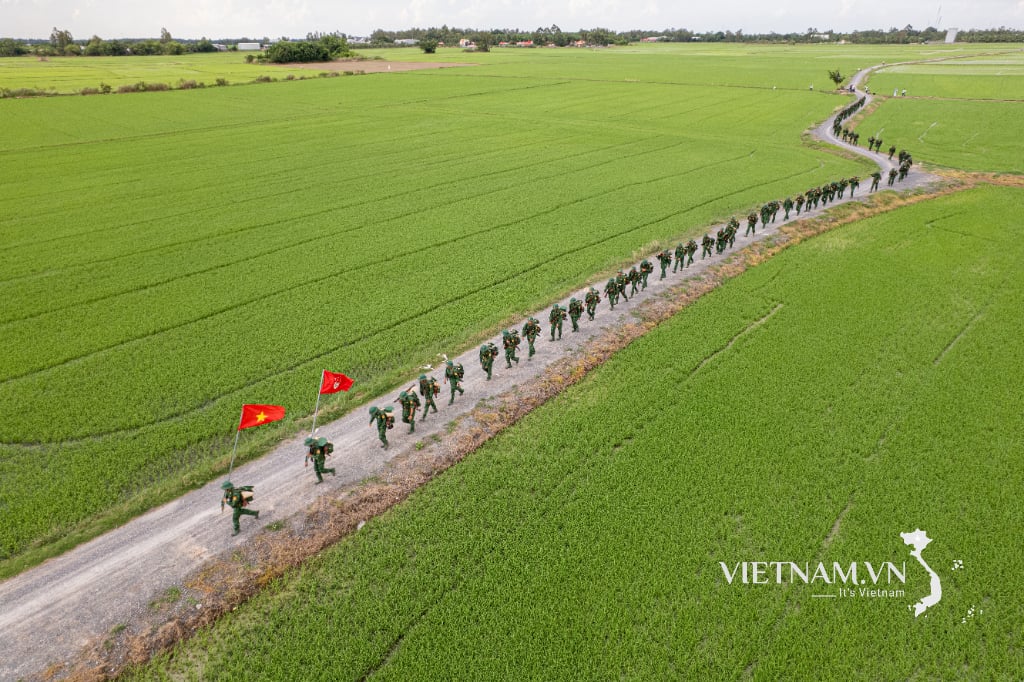
Comment (0)